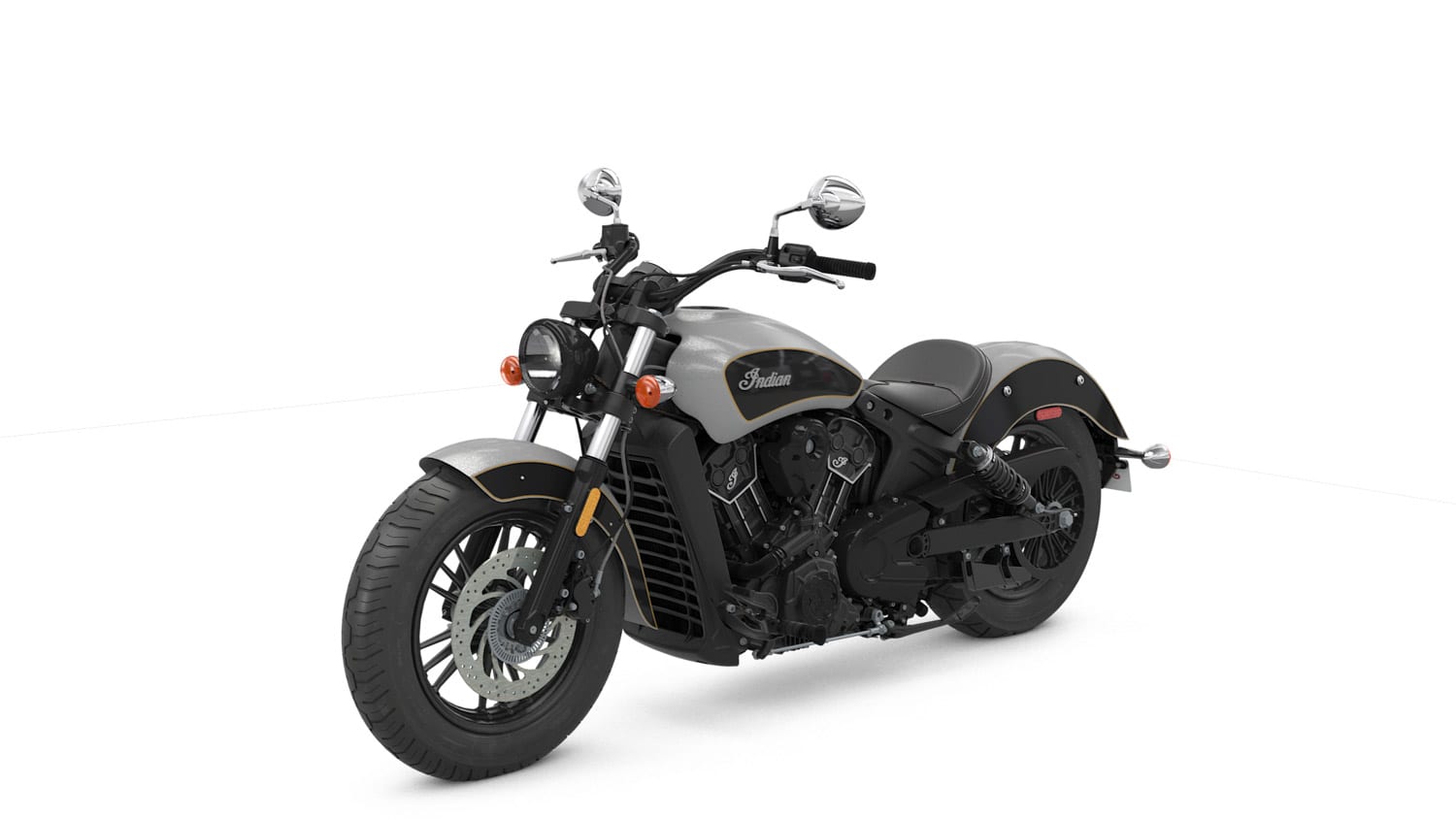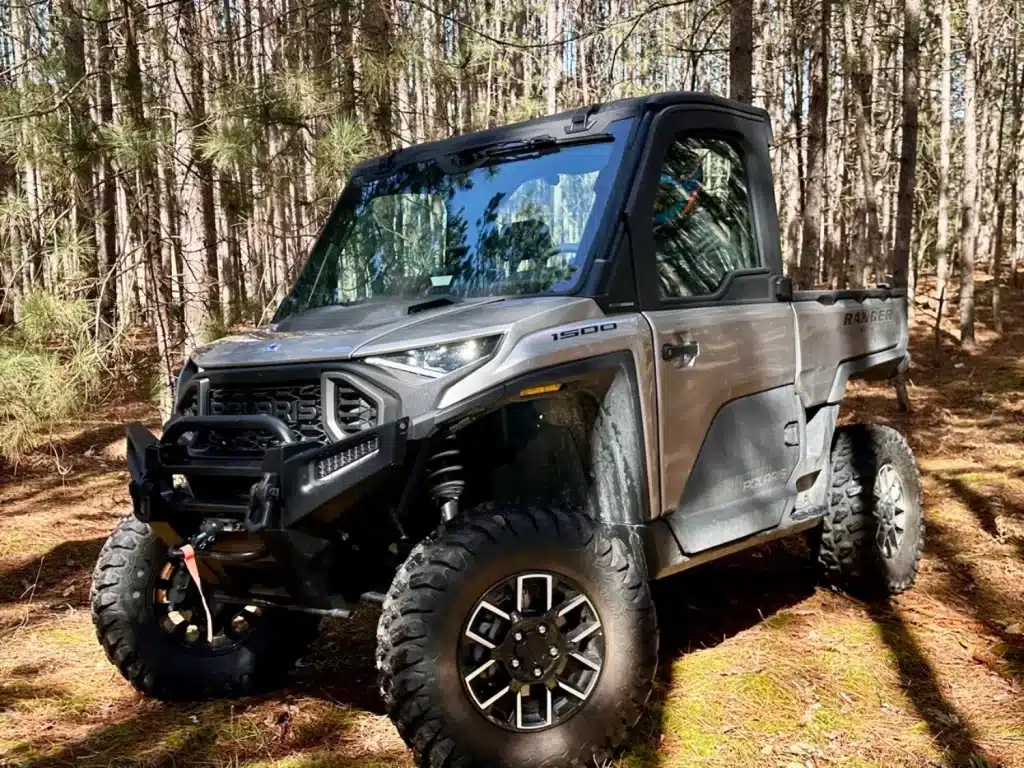Most people who ask this question have an underlying question they intend to ask: Can I use the same motor oil for my motorcycle, motocross, and ATV / SSV?
Of course, you can use just one type of oil for all of your toys (assuming you are using the correct viscosity in each one). But you shouldn’t.
Why? Because each application presents unique challenges for motor oil that one formulation cannot meet. We will analyze them all to understand why:
• V-Twin motorcycle
• Sport motorcycle
• ATV / SSV
• Motocross
But first, let’s take a look at what engine oil does, whatever the application.
Whether on a Harley-Davidson, Kawasaki sports motorcycle, ATV, or motocross, the oil should protect against wear and the damaging effects of extreme heat. These effects also include the formation of deposits, which deteriorate the engine power and efficiency. Another unwanted effect is oil degradation and oxidation (chemical decomposition). As the oil breaks down, it fails to protect against wear and deposits as it should. And the sooner it has to be changed, which leads to a waste of time and money.
It’s pretty straightforward. Years ago, it was possible to manufacture a universal oil to provide good engine protection in all of these applications. But today’s engines are not that simple to protect.

V-Twin Motorcycle
Take a classic air-cooled V-twin, like the engine found on most Harley-Davidson motorcycles. These engines heat up. At what point? In our 2012 Harley-Davidson Street Bob, which we tested in our mechanical lab, the cylinder temperatures reached 195 ° C (383 ° F). In contrast, our 2017 liquid-cooled Indian Scout avered 93 ° C (200 ° F) under the same conditions.
Such intense heat can wreak havoc on engine oil. It will lose viscosity and become thinner, turning 20W-50 into 10W-40 or worse. Lighter thickness than the engine is designed for will not efficiently protect parts from wear. Extreme heat also accelerates chemical decomposition.
In fact, the oxidation rate doubles for every 18 ° F (10 ° C) increase in oil temperature. In other words, for every 18 ° F (10 ° C) increase in temperature, the oil life is reduced by half.
The oil used in a air-cooled V-twin engine must be formulated to withstand such intense heat. Good oil for this is AMSOIL Synthetic V-Twin Motorcycle Oil, which offers increased resistance to extreme heat. Its naturally heat-resistant synthetic base oils keep their viscosity despite the extreme heat and shear force of the transmission gears that “cut” the oil’s molecular structure. This translates into reliable protection in the most demanding driving conditions.
Sport motorbike
What about a sports bike? It can’t be much different from a V-twin, right?
In this case, oil foaming is one of our biggest enemies. A sports motorcycle engine can easily exceed 10,000 rpm. The mechanical action of the crankshaft rotating so fast will whip air into the oil, causing foam.
If the oil is not formulated with rapid air release properties, the foam bubbles will spread throughout the engine. When they collapse between gears or bearing surfaces, nothing is left but air, leaving no protection.
A good anti-foam oil like AMSOIL Metric Synthetic Motorcycle Oil is specifically formulated to resist foam. Its anti-foam additives weaken the surface tension of air bubbles, which helps to remove the foam. The result is excellent wear protection, regardless of your type of acceleration.
ATV / SSV
Your ATV / SSV is a whole different beast. Here, the strength of the oil film takes on additional importance. Indeed, these machines are frequently used to perform heavy work at low speed.
My Honda Fourtrax ATV is the perfect example. It spends days and even weeks in first or second gear. It often pulls a trailer loaded with firewood. I also pack the racks with chainsaws, a splitting mallet, pry bars, gas cans, and other accessories for a great time in the woods.
Slow and repeated operation when the motor is heavily loaded places increased stress on the engine bearings. If the oil film cannot withstand this increased pressure, it will collapse, which will cause the bearings to wear rapidly.
AMSOIL Synthetic ATV / SSV Motor Oil is engineered with strong synthetic base oils that allow a long-lasting protective film to form under the harshest conditions.
You might say to yourself, “Sure, but my Harley is also very capable.” That’s true, but motorcycles are generally driven recreationally, which means they experience increased stress when accelerating, but level off pretty much once you’ve reached your cruising speed. Riding at a constant speed with a light load creates less stress than, for example, pulling a stump out of the ground with your ATV or pulling a loaded trailer while riding through the mud with your ATV.
Motocross and Enduro
Finally, we have motocross. Surprisingly, the conditions of use of motocross are similar to those of an ATV or SSV. Of course, you don’t plow the snow with your Honda CRF450. But just like an ATV, such a bike is under stress at low speeds punctuated by periods of high revs.
In a race, you go full throttle right from the start. Then you slow down on the first corner. You step on the throttle to enter the whoops, then you jump, causing the rear tire to spin freely when in the air but put a heavy load on the engine when it hits the ground.
The difference with motocross, however, lies in the design of the engine.
Motocross engines are generally lightweight and designed for performance. Every time you remove weight while increasing horsepower, you increase engine stress. Combining high rpm and lighter materials creates the perfect scenario for an engine failure if the engine oil isn’t doing its job. Additionally, motocross pistons tend to have shorter piston skirts to reduce friction. It may help your lap time but not the longevity of the engine. A shorter piston will oscillate inside the cylinder, which concentrates tremendous force on the tiny area where the piston skirt and cylinder wall contact. Only a microscopic oil film provides protection in this area, which means the oil must provide the film strength necessary to help the engine survive.
Look at the picture to see what can happen. This piston cracked after a little more than 100 hours of use. The wear probably caused the piston to shrink and tip over in the cylinder. This continuous hammering ultimately caused the failure.
Heavy stress combined with the lightweight design caused this motocross piston to fail.
To make matters worse, motocross engines contain almost no oil: one liter of oil is very common. Think about everything a single liter of oil has to do:
• Prevent wear and tear
• Resist heat
• Fight deposits
That’s why most dirtbike pilots change the engine oil frequently. However, changing the oil often doesn’t mean you can use cheap oil. It is much more affordable and less complicated to pay a little more for a good oil than to rebuild your whole engine.
Text: Étienne Jeanson














